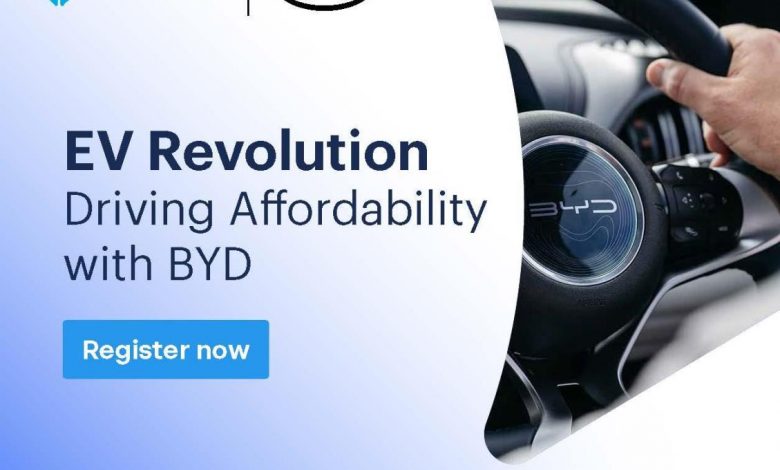Exploring Tesla’s Role in the Transition to Smart Grids

Exploring Tesla’s Role in the Transition to Smart Grids
Why is the Transition to Smart Grids Important?
Smart grids are the future of energy distribution, and they play a crucial role in creating a sustainable and efficient energy ecosystem. The traditional electric grid is outdated and lacks the necessary flexibility to handle the increasing demand for electricity, the integration of renewable energy sources, and the adoption of electric vehicles (EVs).
A smart grid, on the other hand, leverages digital technology to monitor, analyze, and control the flow of electricity across the grid. It allows for two-way communication between the utility company and the consumers, enabling real-time data exchange and efficient energy management.
What is Tesla’s Role in the Transition to Smart Grids?
Tesla, a renowned electric vehicle and clean energy company, has been at the forefront of the transition to smart grids. The company is known for its electric vehicles, energy storage solutions, and renewable energy projects.
1.
Tesla Energy Storage Solutions
One of the significant challenges of renewable energy sources like solar and wind is their intermittent nature. Energy storage solutions, such as Tesla’s Powerwall and Powerpack, address this challenge by storing excess energy when it is abundant and releasing it during peak demand periods. By integrating these storage solutions with the smart grid, Tesla enables a smoother integration of renewables and better management of energy supply.
2.
Tesla Electric Vehicles as Energy Storage
Tesla’s electric vehicles are not just means of transportation but also serve as mobile energy storage devices. Through vehicle-to-grid (V2G) technology, Tesla cars can discharge excess energy back to the grid when parked and plugged in. This feature allows electric vehicles to act as distributed energy storage units, balancing the grid’s demand in real-time.
3.
Tesla’s Autobidder Platform
Tesla’s Autobidder platform is a trading and control platform that helps utilities optimize their energy assets and maximize their revenue. It allows utilities to buy and sell energy from various sources, including renewable energy providers and Tesla’s energy storage assets. By participating in grid energy markets, Tesla helps stabilize the grid and facilitates the integration of renewable energy.
Frequently Asked Questions (FAQs)
1. How does Tesla’s energy storage solution work?
Tesla’s energy storage solutions, such as the Powerwall and Powerpack, store excess energy generated from renewable sources like solar panels. This stored energy can then be used during periods of high demand or when renewable energy sources are not producing enough power. It allows individuals and businesses to reduce their reliance on the traditional grid and maximize their use of clean and sustainable energy.
2. Can Tesla cars power homes during a power outage?
Yes, Tesla cars, equipped with the Powerwall and proper charging equipment, can power homes during a power outage. Using V2G technology, the energy stored in the car’s battery can be diverted to power essential appliances and keep the lights on. This capability not only provides backup power but also reduces dependency on centralized power plants during emergencies.
3. How does Tesla’s Autobidder platform benefit utilities?
Tesla’s Autobidder platform allows utilities to optimize their energy assets by participating in grid energy markets. Utilities can buy and sell energy in real-time, managing their resources more efficiently. This capability helps utilities balance supply and demand, integrate renewable energy, and optimize revenue generation.
Conclusion
In the transition to smart grids, Tesla plays a significant role through its energy storage solutions, electric vehicles, and trading platforms. By leveraging technology and innovation, Tesla is enabling a more sustainable and efficient energy ecosystem. The integration of Tesla’s products with smart grids empowers individuals, businesses, and utilities to embrace clean energy solutions and pave the way for a greener future.



